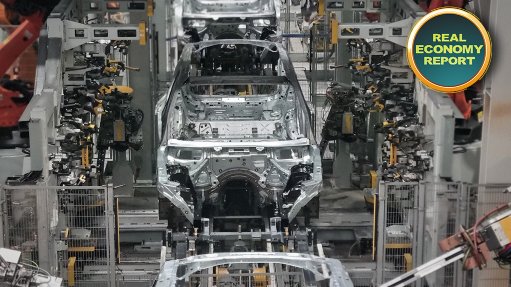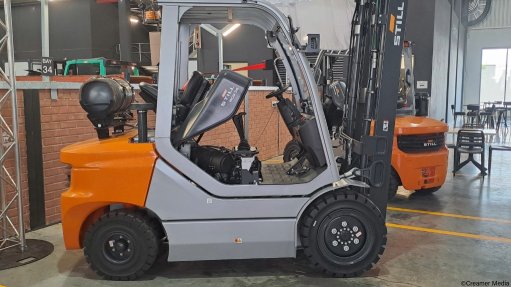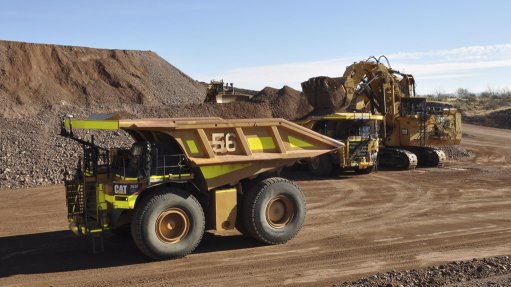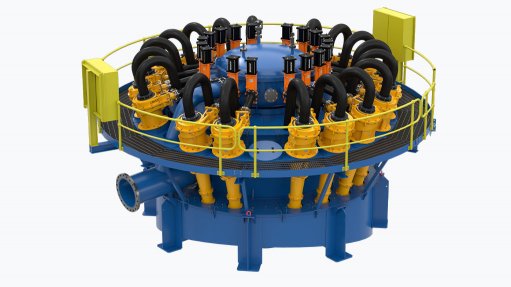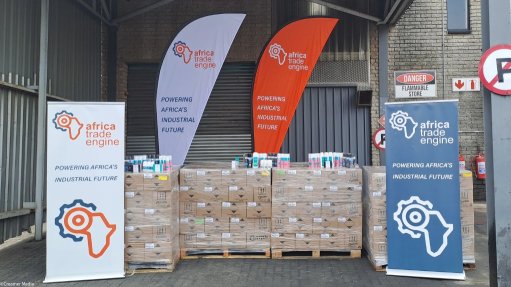New AI and 3D Systems Help Car makers with Quality Inspection
This article has been supplied.
By: Stephan Pottel - Manufacturing Strategy Director EMEA, Zebra Technologies
A little while ago I was listening to a podcaster interview the CEO of one of the biggest tech companies in the world. He made a good point, companies and industries that use AI to boost productivity and grow the economy will be the real winners of AI, not the tech companies and supply-side hype we’re drowning in today.
Some automotive manufacturers are further ahead than others, but everyone is looking for more and better advice, solutions and partners who can help turn AI investments into real value and they’re turning to machine builders and systems integrators for answers.
2D and 3D Data for AI
Operations technology, engineering, and quality inspection leaders want sources of expertise as the pace of AI in automotive and electric vehicle manufacturing speeds up and the need to leverage operational data becomes more urgent.
A lot of data is being missed, generated on the frontline locked up and siloed in devices, systems, sites and workflows. This data offers huge potential for AI model testing and training, especially more advanced deep learning models that improve and adjust over time, known as intelligent automation.
Leaders say their most significant quality management issues are real-time visibility (28%), integrating data (26%), and maintaining traceability (23%). These all relate to the ability to capture, share, and analyse data using the most appropriate scanning, camera, and 3D sensing hardware and software.
Machine vision specialists are now using newer smart cameras and sensors to build intelligently automated solutions that capture much higher quality 2D and 3D visual data at high speed for deep learning model training and testing and deployment on the frontline on devices and PCs for defect and anomaly inspection.
Real Life Automotive Successes
I recently read a good example of how manufacturing data is being used to great effect for an AI solution. I learnt that some automotive OEMs are securing a 10-15% defect rate reduction in their quality inspection processes for items as complex as car doors which can feature up to 80 components. They are also simplifying production lines, reducing maintenance costs and system complexity by leveraging a new system.
A machine vision systems integrator has created a solution built on dual-camera, single-laser 3D sensor hardware integrated with AI software. The 3D sensor scans items like car doors, capturing thousands of data points, and turns those into highly detailed point cloud and depth map representations for the AI software to inspect for defects. The scalability and adaptability of the solution is now being used in other sectors such as pharmaceuticals and food.
In another example, a supplier of surface treatment technologies collaborated with a machine vision systems integrator to improve and increase the production quality of electric battery caps used by global car makers. The caps protect the high-voltage batteries from external influences.
The new solution consists of vision-guided robotics built on no-code, flowchart-based machine vision software with deep learning. The battery caps are handled by the robotic arm which manoeuvres caps through various stages of inspection, guided by a camera system to check for possible defects that could affect quality and performance.
The systems integrators highlighted the software’s development speed and execution time when analysing many and sometimes large image files simultaneously, and the ability for continual improvement across the manufacturing process using deep learning models. This is the result of extensive training using a large, annotated dataset to recognise and classify certain types of defects using images.
As automotive OEMs continue to transition into electric vehicle manufacturing, we see how machine vision, 3D sensing and AI support other frontline operations. For example, detecting defects and flaws in battery cells and assessing the size and integrity of tabs and connectors, which can be difficult due to reflection issues common to metallic surfaces. Using 3D sensors can help combat the lack of contrast by accurately scanning surfaces to reveal surface imperfections.
3D profilers and sensors can also inspect welding and sealing areas and bead thickness, dimension, and position with micron-level accuracy. Seals and welds can be hard-to-image areas, but with 3D sensors and advanced imaging software, users can capture all dimensions of each battery cell, leaving no potential flaw unnoticed and supporting accurate module assembly.
Article Enquiry
Email Article
Save Article
Feedback
To advertise email advertising@creamermedia.co.za or click here
Comments
Announcements
What's On
Subscribe to improve your user experience...
Option 1 (equivalent of R125 a month):
Receive a weekly copy of Creamer Media's Engineering News & Mining Weekly magazine
(print copy for those in South Africa and e-magazine for those outside of South Africa)
Receive daily email newsletters
Access to full search results
Access archive of magazine back copies
Access to Projects in Progress
Access to ONE Research Report of your choice in PDF format
Option 2 (equivalent of R375 a month):
All benefits from Option 1
PLUS
Access to Creamer Media's Research Channel Africa for ALL Research Reports, in PDF format, on various industrial and mining sectors
including Electricity; Water; Energy Transition; Hydrogen; Roads, Rail and Ports; Coal; Gold; Platinum; Battery Metals; etc.
Already a subscriber?
Forgotten your password?
Receive weekly copy of Creamer Media's Engineering News & Mining Weekly magazine (print copy for those in South Africa and e-magazine for those outside of South Africa)
➕
Recieve daily email newsletters
➕
Access to full search results
➕
Access archive of magazine back copies
➕
Access to Projects in Progress
➕
Access to ONE Research Report of your choice in PDF format
RESEARCH CHANNEL AFRICA
R4500 (equivalent of R375 a month)
SUBSCRIBEAll benefits from Option 1
➕
Access to Creamer Media's Research Channel Africa for ALL Research Reports on various industrial and mining sectors, in PDF format, including on:
Electricity
➕
Water
➕
Energy Transition
➕
Hydrogen
➕
Roads, Rail and Ports
➕
Coal
➕
Gold
➕
Platinum
➕
Battery Metals
➕
etc.
Receive all benefits from Option 1 or Option 2 delivered to numerous people at your company
➕
Multiple User names and Passwords for simultaneous log-ins
➕
Intranet integration access to all in your organisation











